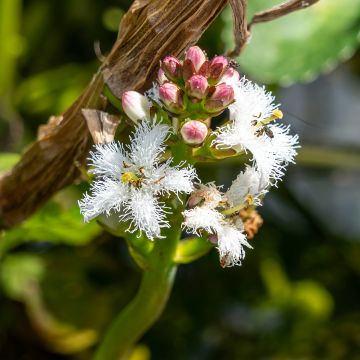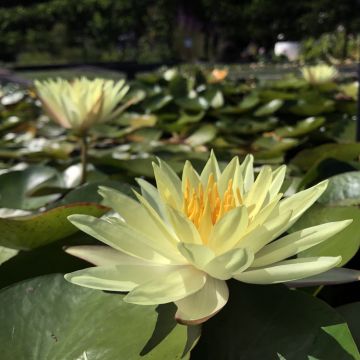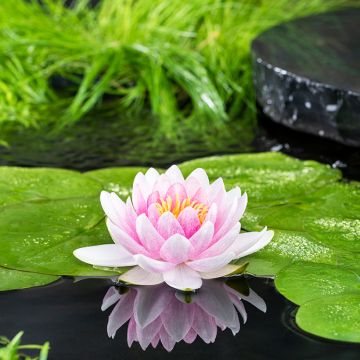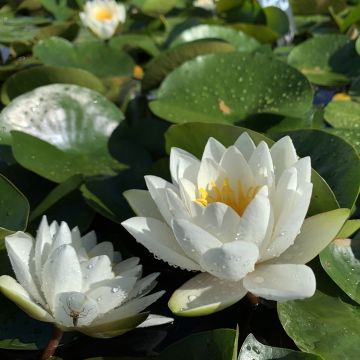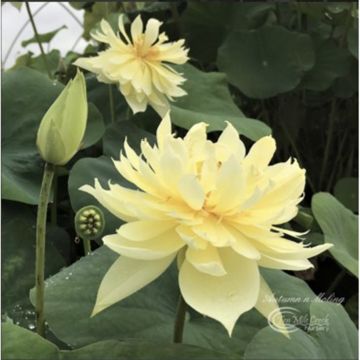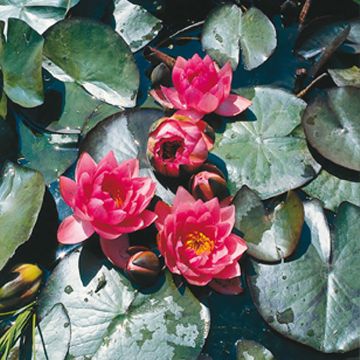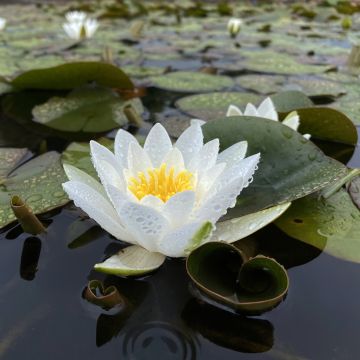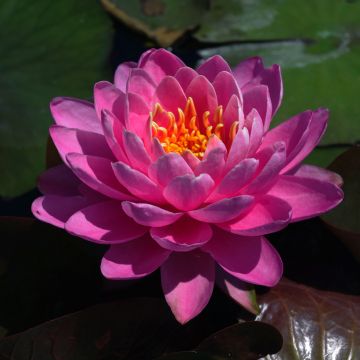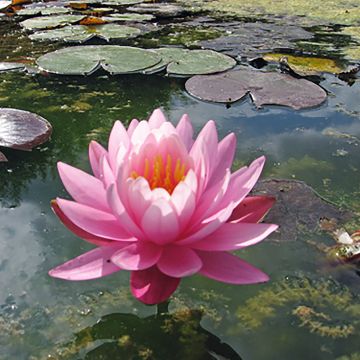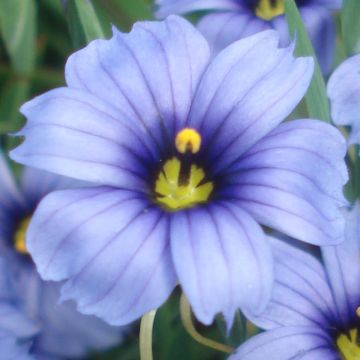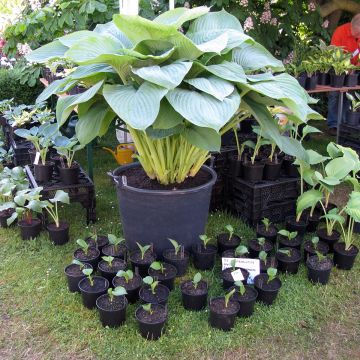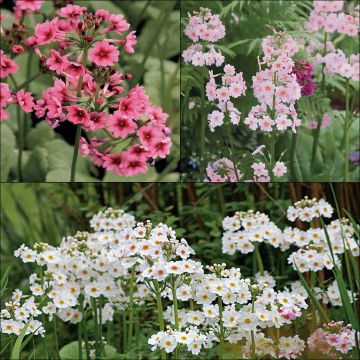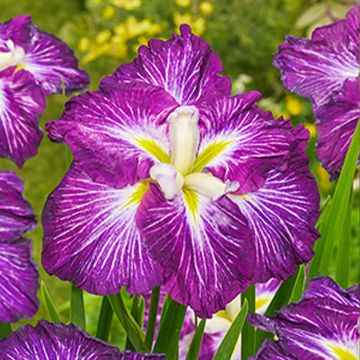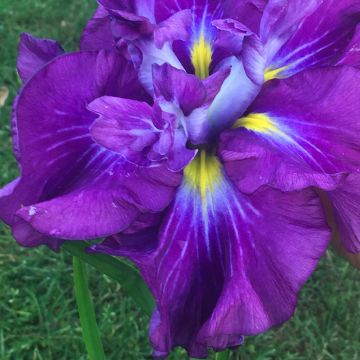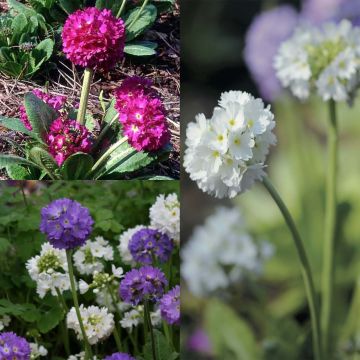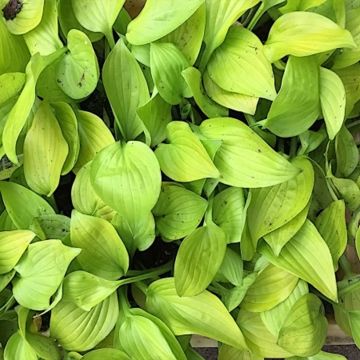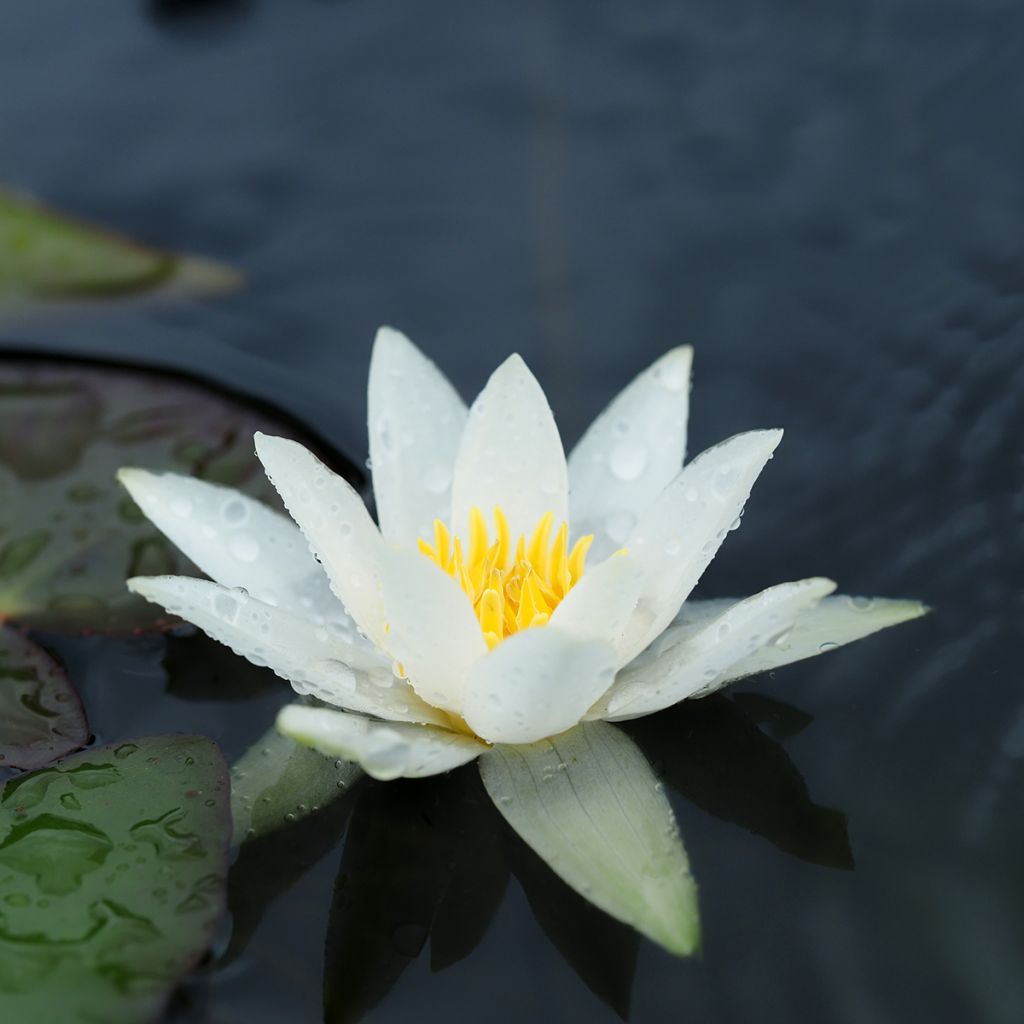

Nymphaea tetragona - Water Lily
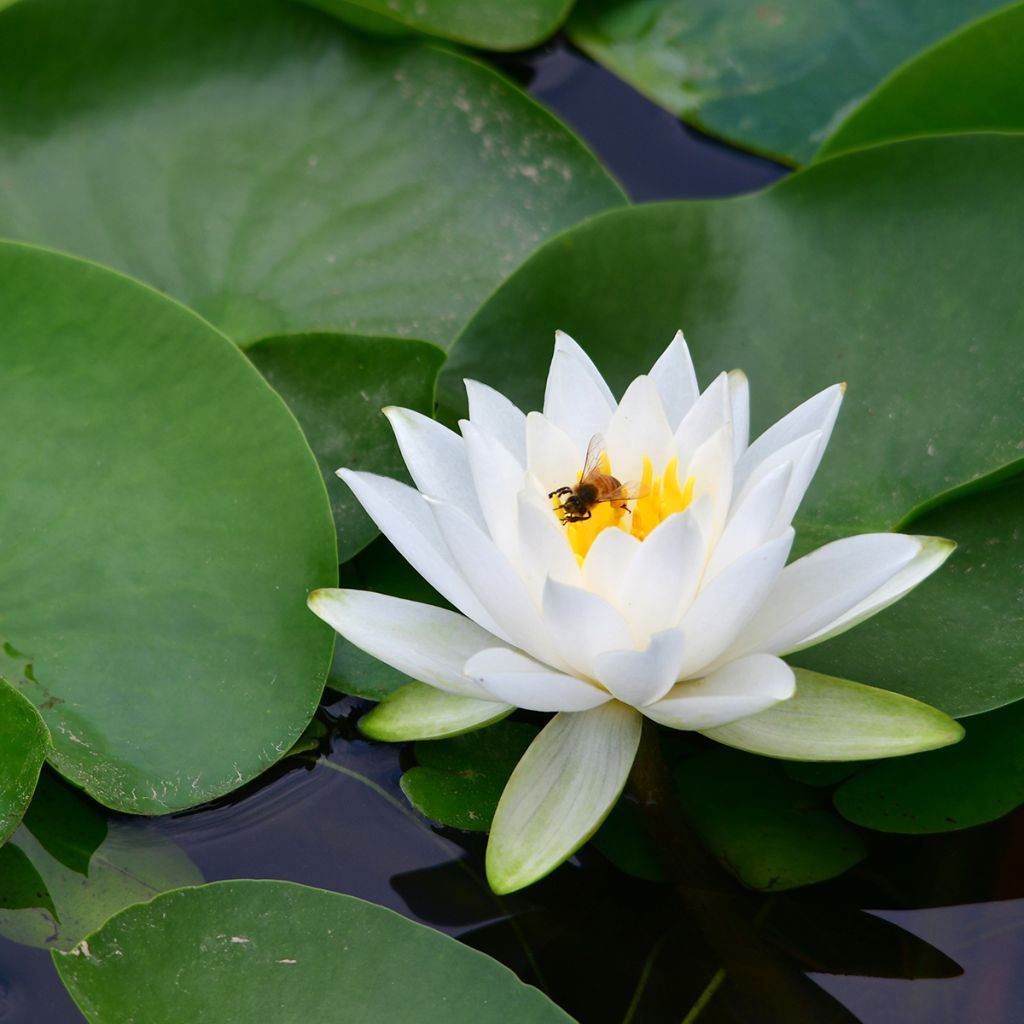

Nymphaea tetragona - Water Lily
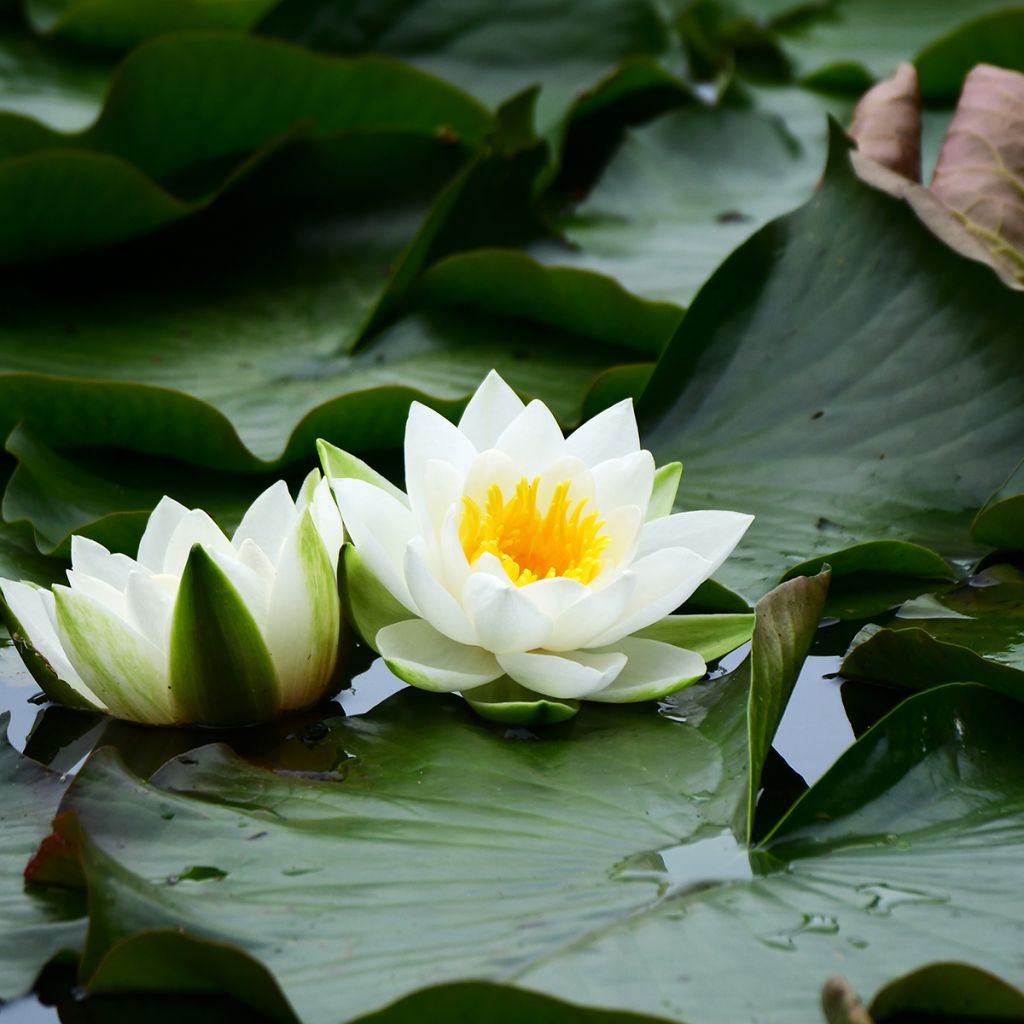

Nymphaea tetragona - Water Lily
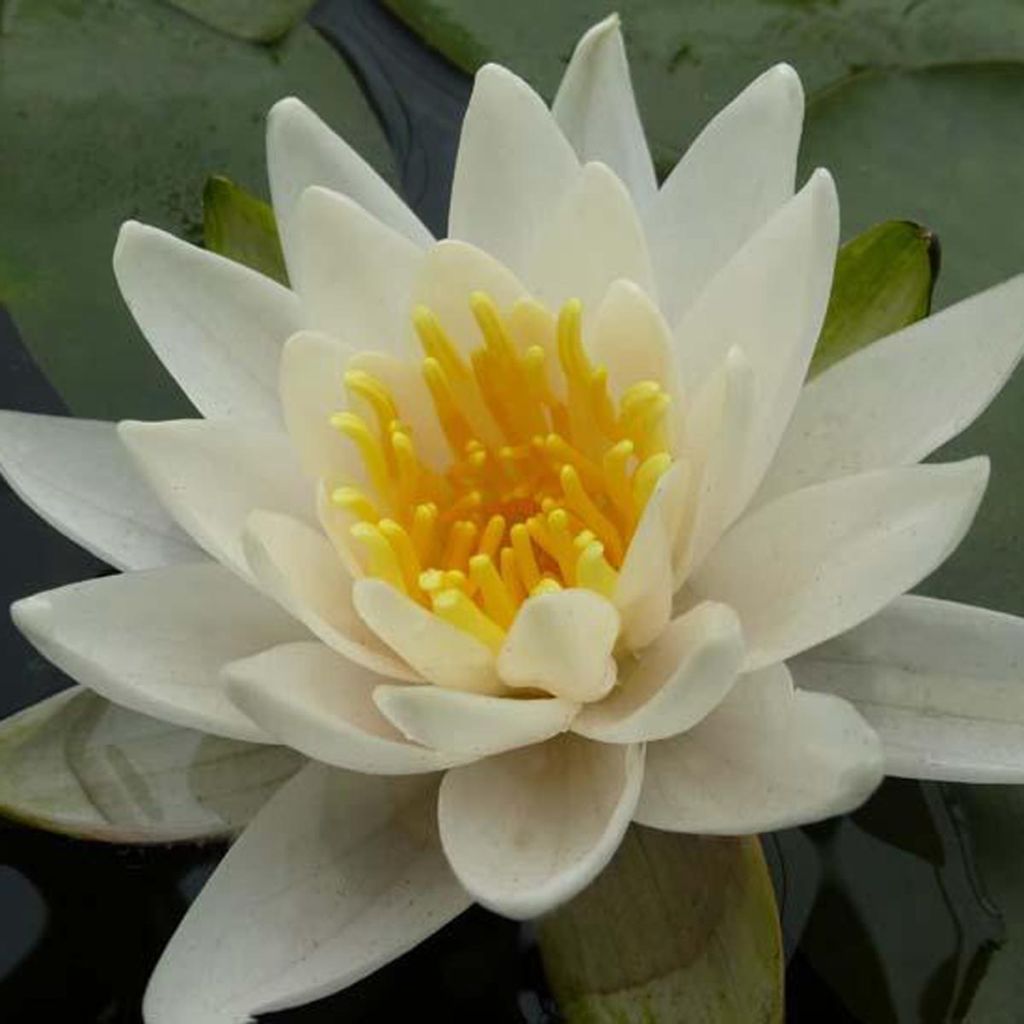

Nymphaea tetragona - Water Lily
Nymphaea tetragona - Water Lily
Nymphaea tetragona
Pygmy Water-lily, Dwarf White Water-lily
This item cannot be shipped to the selected country
Delivery charge from €6.90
More information
Delivery charge from €6.90
More information
Schedule delivery date,
and select date in basket
This plant carries a 12 months recovery warranty
More information
We guarantee the quality of our plants for a full growing cycle, and will replace at our expense any plant that fails to recover under normal climatic and planting conditions.
From €7.90 for pickup delivery and €6.90 for home delivery
Express home delivery from €8.90.
Does this plant fit my garden?
Set up your Plantfit profile →
Description
Nymphaea tetragona, also known as White Water Lily, is the smallest of water lilies, making it perfect for small ponds, containers, and barrels on the terrace. It bears semi-double star-shaped, white flowers with yellow-orange stamens, 5 to 8 cm (2 to 3in) in diameter. The dark olive green leaves with purple spots are also precious. A jewel to admire up close.
The dwarf white water lily belongs to the Nymphaeceae family, and its distribution range covers a large part of the Northern Hemisphere: northern Europe (Finland, western Russia), temperate to tropical Asia (India, China, Japan, Kashmir, Kazakhstan, Korea, Vietnam) and northern North America (northwestern United States, Alaska, central and western Canada). It is grows abundantly in calm waters (lakes, ponds, pools, marshes, streams) at shallow depths. It is a perennial aquatic plant with a vertical, unbranched, non-stoloniferous rhizome. The floating leaves are oval to elliptical (length: 3-13 cm (1-5in), width: 2-11 cm (1-4in)), with a purplish underside, heart-shaped at the base, with parallel basal lobes, entire margins, and smooth petioles. The solitary and floating flowers, with a diameter of 3 to 8 cm (1 to 3in), open during the day and are sometimes fragrant. They consist of 4 green, oval to lanceolate sepals, 2 to 3.5 cm (1in) long, with 10-17, lanceolate to oblong, white petals and 30 to 70 yellow-orange stamens. Flowering is followed by fruits containing numerous seeds which ripen underwater and release floating seeds that will eventually sink and germinate in the mud.
Choose easy and floriferous varieties that are proportionate to your pond. With their spectacular and diverse flowers, Water Lilies will be the main attraction in your pond. Most of them bloom from spring until early autumn. Water lilies are essential for maintaining a balanced garden pond, as they contribute to the oxygenation of the water. Their leaves will provide shade and shelter for your fish, who, in return, will protect them from predatory insects such as aphids.
The genus name comes from the Greek nymphaia and the Latin name nymphaea, which means "water lily". They were inspired by the nymphs of Greek and Latin mythology. Nymphaea flowers are occasionally fragrant and sometimes open during the day, sometimes at night.
Nymphaea tetragona - Water Lily in pictures
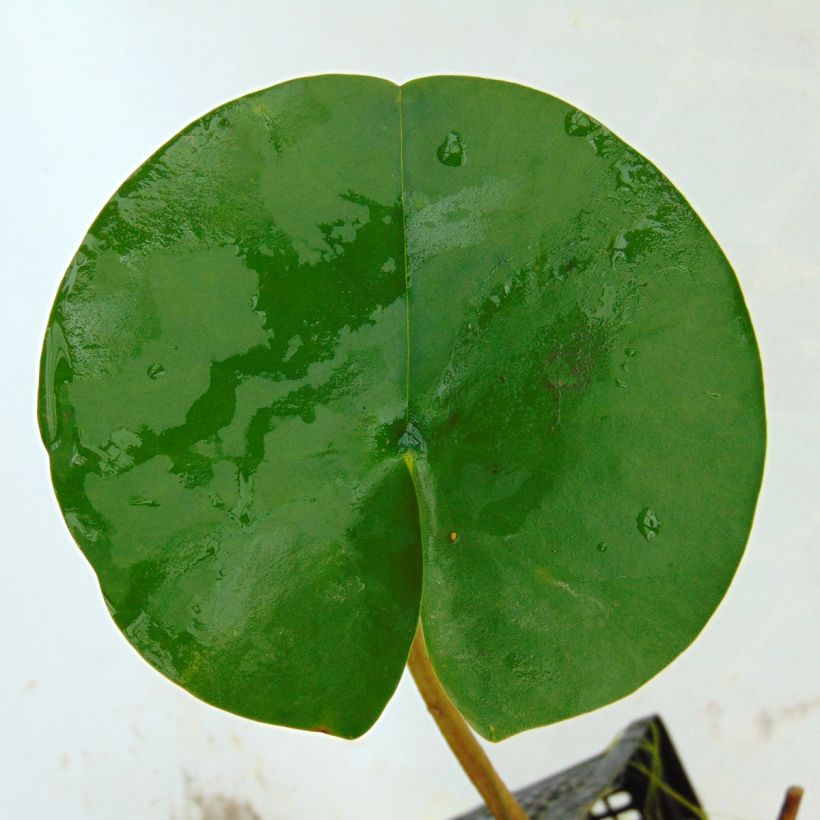

Flowering
Foliage
Plant habit
Botanical data
Nymphaea
tetragona
Nymphaeaceae
Pygmy Water-lily, Dwarf White Water-lily
Cultivar or hybrid
Other Aquatic perennials
View all →Planting and care
Nymphaea tetragona is hardy to about -10°C (14°F). The rhizomes should be planted from March to June, 20 to 40 cm (8 to 16in) deep. The small rhizomes should only be submerged by 10 cm (4in) at first, increase the depth as the plants grow. Plant them in good, stone-free garden soil (never use horticultural compost, as it is too rich and promotes algae growth) in the sunniest spot. Space each rhizome at least 0.30 m (1ft) apart and plant them by inserting them vertically into the soil up to the collar. In a natural water feature (pond or lake), make sure that the water level remains fairly stable and that the water is neither too acidic nor too alkaline (desired pH between 6.5 and 7.5). The rhizomes can be planted in a wicker basket or a fine wire mesh basket placed at the desired location. For shallow ponds, planting in a bowl is possible, but it is essential to overwinter the rhizomes in damp sand protected from frost. If the bottom is muddy, simply attach a stone to the rhizome and throw the whole thing into the desired location. Never leave Nymphaea rhizomes exposed to the sun or air. to prevent them from drying out, plant them immediately upon receipt or purchase. If you have fish in your pond, it is a good idea to spread a thick layer of large gravel on the surface of the potted plant to discourage them from digging into the soil and clouding the water. Water lilies will develop best if they are planted in containers suitable for their growth. Water lilies are hungry plants, so distribute a balanced slow-release fertilizer during planting, and then every year at the beginning of the growing season (for example Osmocote 10-11-18-2 with a duration of 5-6 months). During the summer, remove excessive leaves from the centre of the clump and keep only the strongest ones. Also remove any yellowed or stained leaves, as well as any aquatic roots which emerge from the surface.
Planting period
Intended location
Care
Aquatic plants
Haven't found what you were looking for?
Hardiness is the lowest winter temperature a plant can endure without suffering serious damage or even dying. However, hardiness is affected by location (a sheltered area, such as a patio), protection (winter cover) and soil type (hardiness is improved by well-drained soil).

Photo Sharing Terms & Conditions
In order to encourage gardeners to interact and share their experiences, Promesse de fleurs offers various media enabling content to be uploaded onto its Site - in particular via the ‘Photo sharing’ module.
The User agrees to refrain from:
- Posting any content that is illegal, prejudicial, insulting, racist, inciteful to hatred, revisionist, contrary to public decency, that infringes on privacy or on the privacy rights of third parties, in particular the publicity rights of persons and goods, intellectual property rights, or the right to privacy.
- Submitting content on behalf of a third party;
- Impersonate the identity of a third party and/or publish any personal information about a third party;
In general, the User undertakes to refrain from any unethical behaviour.
All Content (in particular text, comments, files, images, photos, videos, creative works, etc.), which may be subject to property or intellectual property rights, image or other private rights, shall remain the property of the User, subject to the limited rights granted by the terms of the licence granted by Promesse de fleurs as stated below. Users are at liberty to publish or not to publish such Content on the Site, notably via the ‘Photo Sharing’ facility, and accept that this Content shall be made public and freely accessible, notably on the Internet.
Users further acknowledge, undertake to have ,and guarantee that they hold all necessary rights and permissions to publish such material on the Site, in particular with regard to the legislation in force pertaining to any privacy, property, intellectual property, image, or contractual rights, or rights of any other nature. By publishing such Content on the Site, Users acknowledge accepting full liability as publishers of the Content within the meaning of the law, and grant Promesse de fleurs, free of charge, an inclusive, worldwide licence for the said Content for the entire duration of its publication, including all reproduction, representation, up/downloading, displaying, performing, transmission, and storage rights.
Users also grant permission for their name to be linked to the Content and accept that this link may not always be made available.
By engaging in posting material, Users consent to their Content becoming automatically accessible on the Internet, in particular on other sites and/or blogs and/or web pages of the Promesse de fleurs site, including in particular social pages and the Promesse de fleurs catalogue.
Users may secure the removal of entrusted content free of charge by issuing a simple request via our contact form.

































